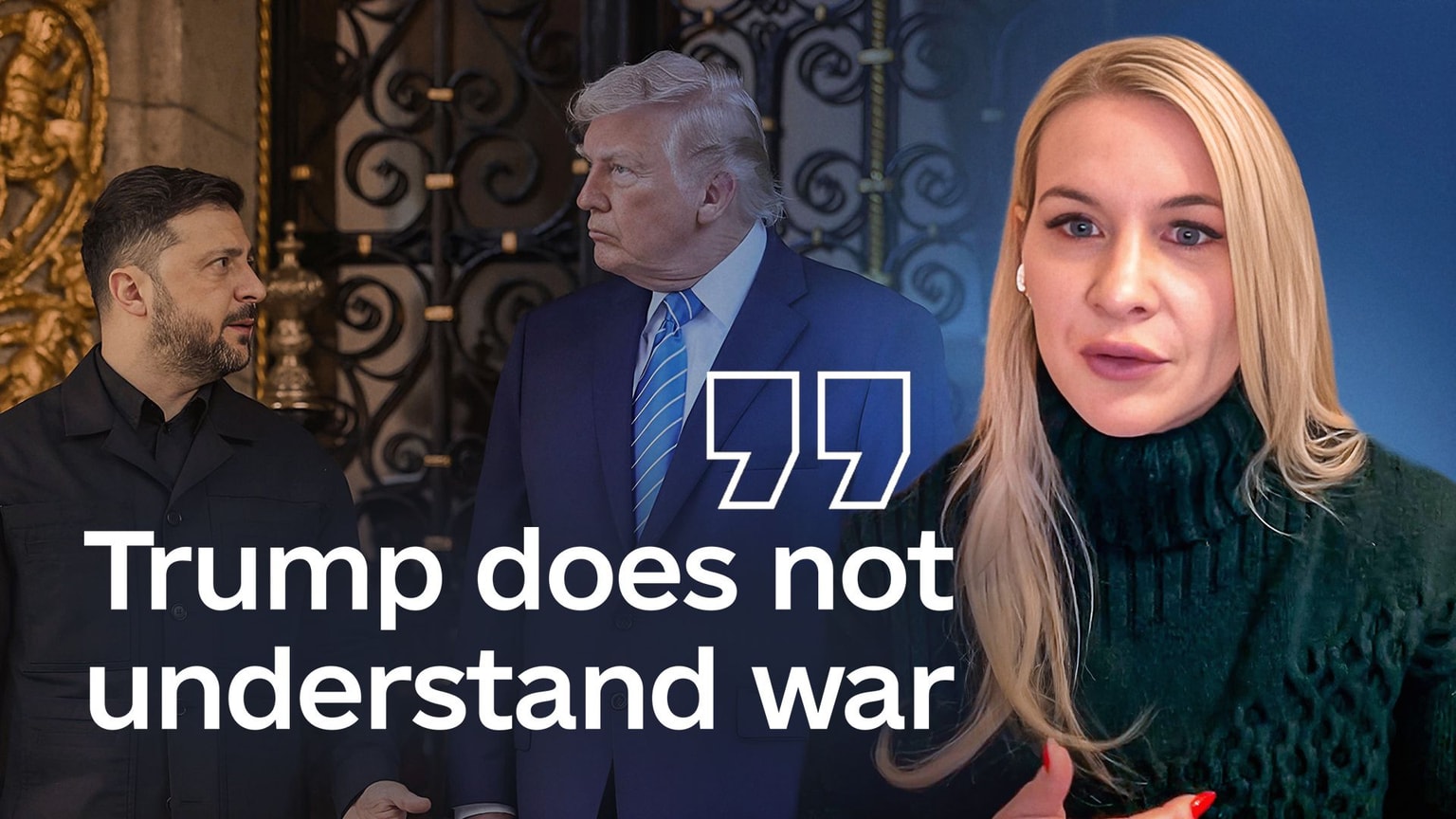Kuleba: Frozen Russian assets can cover 80% of Ukraine's reconstruction needs

The total amount of frozen Russian assets can cover more than 80% of Ukraine's recovery demand, Foreign Minister Dmytro Kuleba said in an interview with the Spanish newspaper El Pais published on Jan.8.
Around $300 billion of the Russian central bank assets were frozen in the West after Russia launched its full-scale invasion of Ukraine. Kyiv's allies have been discussing for months how to find a legal way to confiscate the funds that could be funneled into Ukraine's war and reconstruction efforts.
Such talks between U.S. and European officials have reportedly intensified in recent weeks, with U.S. President Joe Biden requesting a strategy ready by Feb. 24, 2024, which will mark two years since the start of the all-out war.
In the El Pais interview, Kuleba expressed confidence that Ukraine would receive funds from the frozen Russian assets.
"It will happen 100%, the question is to what extent, because there are three elements: the frozen assets themselves, the profits on the assets, and taxes on those profits. But it will happen because it makes sense that Russia should pay," Kuleba said.
"And there are enough frozen assets to tackle the reconstruction of Ukraine… We can rebuild schools, hospitals, and infrastructure at the expense of the country that destroyed them."
The minister believes Ukraine will receive the first funds before the war ends, but "a comprehensive system to resolve legal issues, financial mechanisms and transparency" is needed.
"You can't get everything in one day, it requires a process… It is a complicated legal, regulatory, and financial instrument. But although some have doubts, this decision must be made because it is the most natural decision of all," Kuleba told El Pais.
According to estimates, most Russian assets are in Europe, while around $5 billion are held by U.S. institutions.
EU leaders expressed support in October for a proposal to use billions of euros in windfall taxes from Russian assets tied up in the West to rebuild Ukraine.
Earlier that month, Belgium announced it would create a $1.8 billion fund for Ukraine, financed by the tax revenue from interest on frozen Russian assets.















